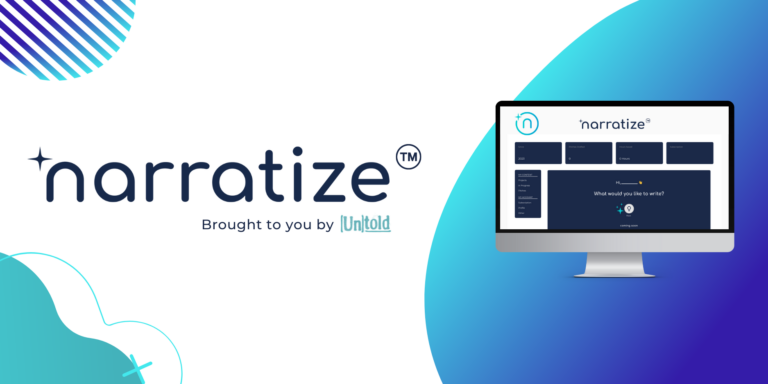Blog >> How Wearables Can Inspire Healthcare Communications: Part Two
How Wearables Can Inspire Healthcare Communications: Part Two
Design thinking inspires us to view issues from multiple perspectives. Our writing professors were recently asked by a design thinking organization to write about a current healthcare issue from the perspective of multiple stakeholders.
We chose to write about how health wearables and fitness trackers – like Fitbit, Garmin Vivofit, Jawbone UP2, MOCAHeart, Thync, and Lumo Lift – could be used to communicate real-time health information between providers and patients. We wrote from three perspectives–patients, providers, and healthcare executives–to imagine how these stakeholders might want to use metrics collected through health wearables to enhance care.
Each person below is considering how healthcare will be transformed by wearable technologies.
Patient: Type 2 Diabetes has affected Mike’s parents and two of his four siblings. At his last annual physical in October 2015, Mike’s provider, Dr. Gilbert, encouraged him to lose weight. At Christmas, Mike got a FitBit and is hoping it will help him lose 25 pounds. He’s kept the watch on his wrist every day since Christmas, and the daily step goals encouraged him to reach higher step counts every week. He takes walks around his workplace before eating his lunch. He takes stairs instead of elevators. Small changes are moving him slowly but surely toward his goal. But lately, now that it’s been six months since he saw his provider, Mike is losing momentum. Mike wishes Dr. Gilbert could see his progress and offer continued encouragement and support. But how can he communicate this information? And does his provider even want to see it?
Provider: Dr. Gilbert wears an activity tracker himself and is guilty of walking circles around his kitchen and living room if he hasn’t met his step goal by the end of the day. Based on his own connection to his wearable, he often encourages his patients to use one. But although he hears positive feedback from patients, their reflections don’t always match up with their health status. He wishes he could see their progress – check in from other clinics and offer additional support. But he’s swamped with appointments, charting, and communicating with his team. How can he build time into his schedule for reviewing wearable metrics? How should he broach the topic with his patients? Is he even legally allowed to request to see their activity info?
Healthcare Executive: Deborah wants her healthcare organization to be on the forefront of technological advancement and patient experience. She recently read about Google’s patent for contact lenses that track blood sugar – an innovation that can transform the lives of patients with diabetes. She wondered: How can the data patients track themselves be communicated with providers? What systems need to be in place in our organization to support providers’ engagement with patients’ wearable metrics? How can we market ourselves as being on the forefront of such engagement?
Where Does Design Thinking Fit In?
Of course design plays a central role in how technologies are created – the wearables themselves and the apps that support their translation into the hands of healthcare providers. But design thinking can impact more than the creation of new or enhanced technologies. By examining wearables through multiple points of view, we see that some patients will want their providers to encourage them to track and improve their health metrics. We also see that some providers want to engage with patients’ wearable metrics, but they’re swamped with other responsibilities. Finally, healthcare executives want to support patient engagement, but they’re concerned about privacy, provider workload, and cost. Design thinking encourages stakeholders to communicate key considerations and work together to build systems that enable providers to easily see and encourage patients’ health metric-tracking. What experiences can a health organization create that facilitate and reward patients for sharing, providers for communicating-and both for acting on-their data?
Read Part 3!




